The marketing funnel is a visual representation of the customer journey, from initial awareness to becoming a loyal advocate. It’s a crucial tool for understanding your audience, tailoring your messaging, and optimising your marketing efforts across multiple channels.
Understanding the Marketing Funnel
The marketing funnel is typically divided into three main stages:
- Awareness: This is the top of the funnel where potential customers first become aware of your brand. Marketing efforts focus on generating interest and building brand recognition.
- Consideration: In the middle of the funnel, potential customers are considering their options and evaluating solutions. Your goal is to provide valuable information and establish your brand as a trusted authority.
- Decision: At the bottom of the funnel, customers are ready to make a purchase. Your focus shifts to conversion optimization and closing the deal.
[insert funnel creative designed by THS]
Leveraging a Multi-Channel Marketing Approach
To effectively guide customers through the funnel, a multi-channel marketing approach is essential. By understanding your audience’s preferences and behaviours, you can deliver the right message at the right time on the right channel.
Here’s how to leverage a multi-channel approach:
- Identify your target audience: Create detailed customer personas to understand their needs, pain points, and preferences.
- Map the customer journey: Visualise the steps your customers take from awareness to purchase. Identify touchpoints and opportunities for engagement.
- Choose the right channels: Select the channels where your target audience spends their time. This might include social media, email, search engines, content marketing, and traditional media.
- Create tailored content: Develop content that resonates with your audience at each stage of the funnel. For example, blog posts for awareness, case studies for consideration, and product demos for decision.
- Measure and optimise: Track the performance of your marketing campaigns to identify what’s working and what’s not. Use analytics to refine your strategy and improve results.
Key Strategies for Each Stage of the Funnel
- Awareness Stage: Focus on building brand awareness through content marketing, social media, SEO, and paid advertising.
- Consideration Stage: Provide valuable content, such as ebooks, webinars, and email newsletters, to educate and nurture leads.
- Decision Stage: Offer clear calls to action, personalised recommendations, and incentives to encourage conversions.
The Importance of Audience Understanding
Understanding your audience is the cornerstone of effective marketing. By gaining insights into their needs, preferences, and behaviours, you can create targeted campaigns that resonate and drive results.
- Conduct market research: Gather data on your target audience’s demographics, interests, and buying habits.
- Utilise customer feedback: Pay attention to customer reviews, social media comments, and survey results.
- Leverage analytics: Track website traffic, email open rates, and social media engagement to understand customer behaviour.
By combining a deep understanding of your audience with a well-executed multi-channel marketing strategy, you can effectively guide customers through the marketing funnel and achieve your business goals.























































